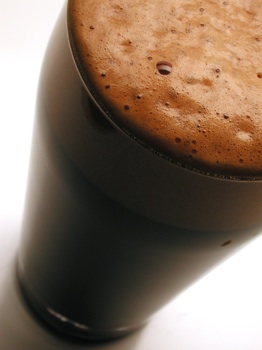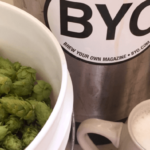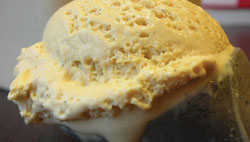Articles
Delicious Dry Stout
Looking for a flavorful beer that won’t floor you? Dry stout is a sumptuous session ale. Learn the keys to brewing this style. Just looking for a recipe? Find tons of great Dry Stout Recipes in our stout recipe index.
Winter Warmer: Tips from the Pros
Pro brewer Matt “Handtruck” Thrall of Avery Brewing Co. in Boulder, Colorado, shares some advice for brewing a winter warmer.
Brewing Historical Porter with Brett
Historically, porter was transferred in oak casks, which very likely contributed Brettanomyces to the brew. Can that phenomenon be recreated?
Evaluating Beer: Tips from the Pros
Michelle Brown, Steve Parkes and Gordon Strong give tips on tasting your homebrew critically.
Malt on the Menu
Homebrewers aren’t the only folks who know the wonders of malt extract. Cooks also admire this sweet substance. See how extract can be added to bread, ice cream and BBQ sauces to put a little malt on your menu.
Corking Belgian-Style Homebrews
Want your Belgian beers to look as good as they taste? Find out the tools and techniques required to package your beers just like the Belgians do.
Rolling Kegerator
The next time you go to a party, roll out the barrel . . . or at least the Corny kegs. Build this rolling kegerator with a small, on-board CO2 system.
Your Own Draft System
If you brew your own beer, you know the drill. A few friends come over on brew day. The brewing process is fun and relaxing. There are plenty of natural breaks in
Yearly Brewery Checkup
Once a year it pays to give your brewery the once-over. Clean everything that needs to be cleaned, check your inventory, map out your brewing calendar and the only surprise you’ll have all year is how smoothly your brew days proceed.
Tune Up Your Equipment
The old adage about an ounce of prevention certainly holds true when it comes to taking care of brewing equipment. Many problems can be avoided simply by taking a few extra minutes
Troubleshooting Homebrew Techniques
How to troubleshoot problematic beers and get back on track as fast as possible. A step by step guide to the most effective approach to fixing a bad batch.








